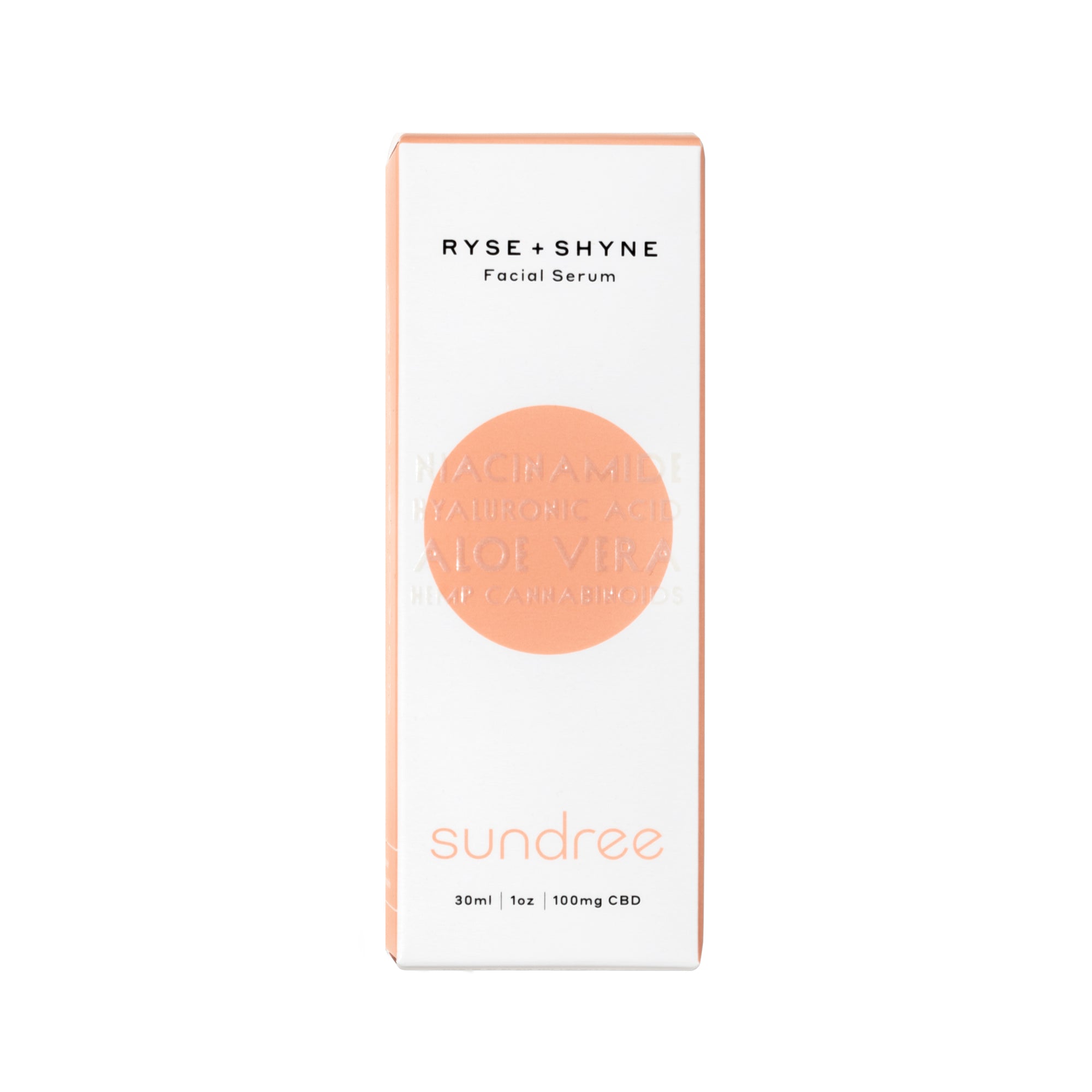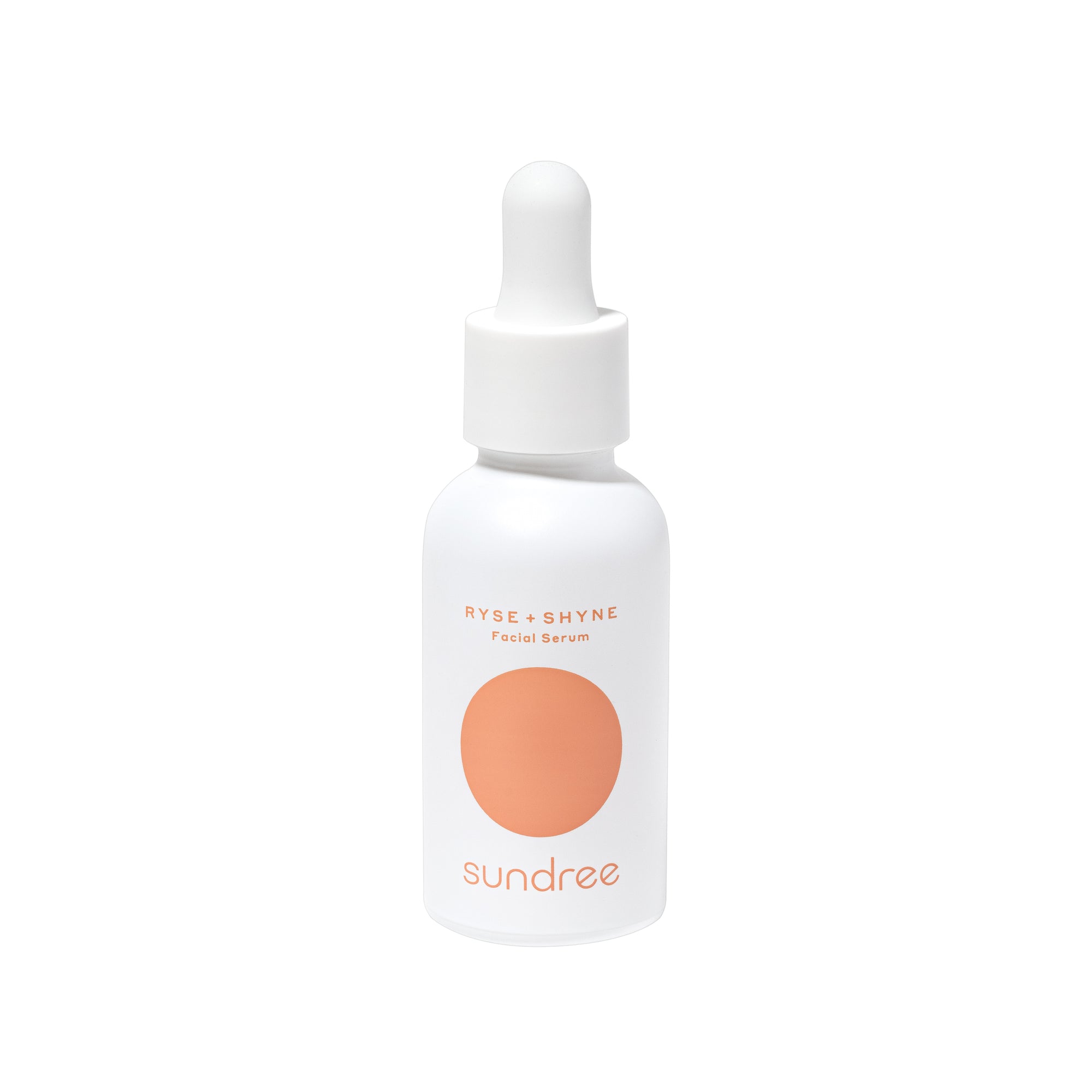Ever tried new skincare products only to discover tiny pimples, clogged pores, and even dry patches appearing on your skin out of nowhere? Well, that’s the last thing any of us want to see after trying a new skincare product. If you’re wondering what’s causing your skin to flare up or if you’re just experiencing a regular breakout, we’re here to help you understand what goes on with your skin when it’s adjusting to new products. Skin purging is often confused with breaking out, which can lead to improper treatment. To eliminate this problem, let’s start with the difference between purging and breaking out.
What Causes Skin Purging?
Simply put, skin purging is your skin’s reaction to certain active ingredients, particularly acids, anti-acne ingredients, and retinols, found in several skincare products. These ingredients have the ability to slough off dead skin cells from the pores. This, in turn, speeds up cell turnover, allowing the cells to regenerate sooner than usual. In addition to removing dead cells, these active ingredients also loosen up and remove congestion deep within the skin and push it outward onto the surface. This results in tiny bumps or microcomedones (blackheads and whiteheads). These microcomedones are present deep in the skin and emerge to the surface when cell turnover is accelerated. Also, you may notice your skin flaking and peeling as it purges. Purging commonly occurs around the areas prone to breakouts, such as the chin, nose, and forehead.
What Causes Break Outs?
Acne breakouts are typically a result of excess oil production by sebaceous glands, clogged hair follicles, inflammation, and bacteria. Hair follicles are adjacent to oil glands and may get blocked and bulge due to the collection of oil, bacteria, and dead skin cells. The bulge produces whiteheads, which may darken and lead to blackheads. When the bulge or pores are congested with bacteria, it turns brown and emerges as acne. Breakouts generally appear on the areas of the body with most oil glands, like the face, chest, shoulders, and upper back. In addition, certain conditions can worsen acne breakouts, including hormonal fluctuations, stress, medications, picking pimples, certain makeup or skincare products.
During a Skin Purge
You may at times get a pimple after trying out new products. The pimples that appear on your skin after you add a new product into your skincare routine are actually the acne symptoms that were already forming underneath the surface of your skin.¹ The new ingredients only make them pop up before they would typically have. A skin purge speeds up the process of breakouts appearing on the skin's outer surface, causing different types of pimples.² These pimples commonly take the form of blackheads, whiteheads, pustules, and cysts.
Difference Between Purging and Breaking Out
As mentioned earlier, many of us make the mistake of thinking skin purging and breaking out are the same thing. This misunderstanding can affect the way you treat or try to prevent them. It is important to remember that the reactions you are experiencing after you start using a new skincare product may not be related to skin purging. The product may be aggravating your skin for a different reason, such as clogging your pores and causing acne or simply accelerating an allergic reaction and leading to skin inflammation. So, a bump you might see on your skin after adding a new skincare product may not be a sign of a skin purge but a regular acne breakout.
Here are a few things that can help you differentiate purging from standard breakouts:
- The most important factor to look out for is the duration of the pimples. A pimple caused by skin purging has a shorter life cycle and heals much faster than a typical acne breakout. Although, if you start using a new product and the pimples are not going away, it’s a sign that the product is not suitable for your skin. If the pimples last for more than six weeks, it’s best to stop using the product.
- As your skin purges, it usually triggers pimples in the same spots as your regular breakouts. So, if you observe irritation in new areas of the face, your skin may not be purging. It can be a sign of an allergic reaction to a specific active ingredient in the product.
- Another important point to consider while looking for the reasons behind your skin purging or breaking out is to look for the active ingredients present in the product you’re applying. It’s normal for your skin to purge when you use a product with a chemical exfoliator, such as AHA's and BHA's. Sometimes, your anti-acne treatment with benzoyl peroxide or salicylic acid can also cause skin purging.
- If you notice new breakouts after adding a hydrating oil, sunscreen, thick and heavy creams, makeup, or any other product that can clog your pores, you’re more likely to have regular acne breakouts than a skin purge.
Which Ingredients Can Cause Skin Purging?
To help understand when a skin purge can occur, it’s important to be cautious of all the ingredients that can lead to purging. As discussed earlier, any ingredient that increases the speed of cell turnover can cause purging. So, pay attention to the manufacturer’s instructions about the potential side effects of a product.
Here are the commonly used active ingredients and treatments that can amp up cell turnover and pave the way to skin purging:
- Acids - The most common acids that can cause skin purging are AHA's and BHA's, which include salicylic acid, malic acid, glycolic acid, and mandelic acid.
- Retinoids - These are often used to treat acne and signs of aging. Some common retinoid compounds to look out for are retinol, tazarotene, tretinoin, isotretinoin, and retinyl palmitate.
- Benzoyl Peroxide - If you have been fighting acne, you might be familiar with this ingredient.³ It’s one of the most common acne-fighting ingredients which boosts cell regeneration.
- In-Clinic Treatments - Some in-clinic procedures that speed up removing dead skin cells and renewing the cells faster include certain lasers, chemical peels, and microdermabrasion.
- Other Exfoliating Agents - Physical scrubs, brushes, enzymes, and other tools used to exfoliate the skin and remove dead skin can also lead to skin purging.
What Helps to Reduce Purging?
Well, the answer to this question may not be what you would want to hear when your skin is acting up. Nevertheless, your best course of action is to wait until your skin passes through the phase of purging. Depending on how congested your skin is, it may usually take 2 to 3 weeks for skin purging to subside. Purging is considered to be a sign of your skincare products doing their job effectively. So, be patient and wait for your skin to return to its normal shape.
However, you can do a few things to soothe skin irritation, redness, and dryness. Treating skin irritation due to purging is similar to the way it’s done during regular breakouts. Here are some things you can do to make the purge period less uncomfortable and reduce the severity of skin purge:
- Limit sun exposure and use sunscreen
- Don’t pick your pimples
- Eat a proper diet
- Stay hydrated
- Avoid harsh and abrasive skincare products
- Don’t touch your skin
- Don’t use drying skincare products
- Keep your pillowcase clean
Preemptive Approach to Managing a Skin Purge
Besides treating irritation and flakiness, you can take some preemptive measures to reduce the severity of a skin purge. If you’re about to start using a new product that contains an ingredient that can cause purging, incorporate it slowly into your skincare routine. It is recommended to begin with a lower concentration, start with a smaller quantity, and apply it less often. Then, you can gradually get to the recommended usage by increasing the concentration and amount of the product. This mechanism will allow your skin to develop tolerance toward the ingredient, reduce irritation, and speed up recovery.
Also, using gentle skincare products and keeping the skin adequately hydrated and protected can help prevent skin aggravation. In addition, it is commonly recommended to use a mild cleanser and follow with a moisturizer consisting of humectant and anti-inflammatory ingredients.
Sundree's RYSE+SHYNE is a gentle facial serum formulated for all skin types. This hydrating facial serum is packed with skin-loving ingredients, hyaluronic acid, vitamin c, niacinamide and hemp cannabinoids to help brighten and firm skin while improving the skin’s texture and enhancing collagen production. Just a few drops daily can lead to happy, healthy skin.
Final Thoughts
Skin purging occurs when you add a new skincare product into your skincare routine. It may look like typical acne breakouts, but the conditions are different, with different durations, causes, and treatments. The good news is that purging isn’t permanent and isn’t there to stay for long. It’s just the skin going through a cycle in response to certain ingredients applied to the skin. Luckily, there are numerous measures you can take to manage and control irritation, dryness, and itching due to a skin purge. In addition, skin purging isn’t as gruesome and dreadful as it may sound. It only signifies that the products you’re using are performing their intended duty.
Citations:
- Brazier, Yvette. (2017). ‘What causes pimples’, MedicalNewsToday. Acessed August 18, 2021. Available at: https://www.medicalnewstoday.com/articles/71702
- Nayak, Anika and Jaliman, Debra. (2021). ‘Skin purging means a new skincare product is working-here’s how to tell if its purging or a breakout, according to dermatoligists’, Insider. Accessed August 18, 2021. Available at: https://www.insider.com/skin-purging
- Cherney, Kristeen. (2019). ‘How to Treat Acne with Benzoyl Peroxide’, Healthline. Acessed August 19, 2021. Available at: https://www.healthline.com/health/benzoyl-peroxide-for-acne














